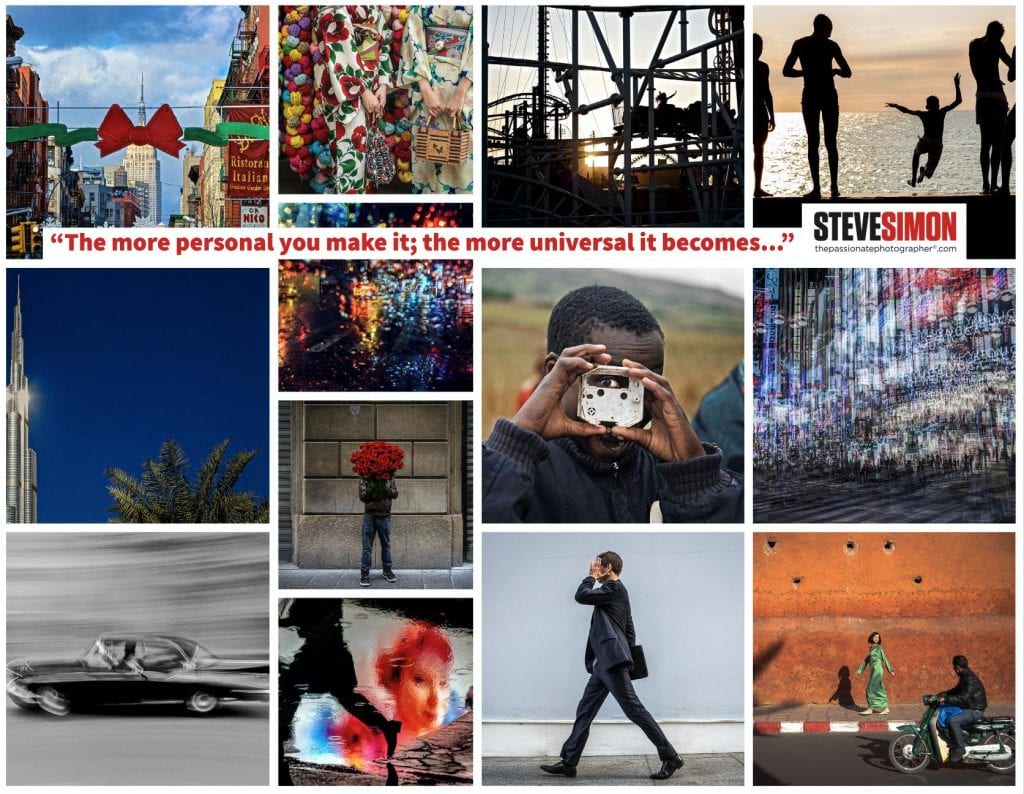If you’ve seen me on the dance floor you know I’m not a good dancer. But with my camera I’m always out there.
The compositional dance is about figuring out a way to move you and your camera, which in turn moves the smallest of details within the frame for maximum visual impact. You can make use of all photographic techniques to create the atmosphere or emotion you’re feeling and want to transmit. It’s about recognizing and understanding what it is that attracted you to the subject matter in the first place, and then determining—through patience, concentration and intent—how best to communicate those feelings through the photograph.
It’s a game of inches, slight movement rearranging all the details in the frame. The goal here is to find that composition with maximum communication impact. Cartier-Bresson has said he would always move and work the compositions, not by jumping up and down but with subtle changes. The more you dance with your camera, the better you get—unconsciously fast-tracking to the best perspectives.

with a wider lens for a more intimate view, like in this image of
a man attending the veteran’s parade in New York City.
Sometimes you need to stop and think, make sure you’re heading in the right direction with regard to your approach to the subject. Having a clear vision and idea of how you want to render your subject is half the battle. It gives you direction and helps guide you to get what you need for the particular assignment or project.
It’s not a question of recording what’s in front of you, photography does that easily. It’s about creating an image that evokes an emotional
response from your viewer. Even for experienced photographers, working the photo is all-important. Sometimes in the field, I decide that one shooting situation or photo is going to be “the one,” but it often isn’t.
Even after a life of obsessing with photography, I’m never really sure which photograph will end up being chosen. Sometimes it’s one I don’t even remember taking: a look, a gesture, a spontaneous moment captured on impulse that was so fleeting it was not consciously seen.
It is one of my greatest joys in photography—the unexpected surprises that pop up on my review screen and computer. So, I advocate you keep shooting continuously as you dance with your camera—all the while, feeling your way through, shooting on impulse and taking chances. Shoot freely, you can always delete later.













Sometimes you almost have to get into a sort of photography trance in order to find the shot. Filter out all distractions and meditate on timing and composition.
Excellent advice but I still have problems photographing people on the street. Must practice more I think.